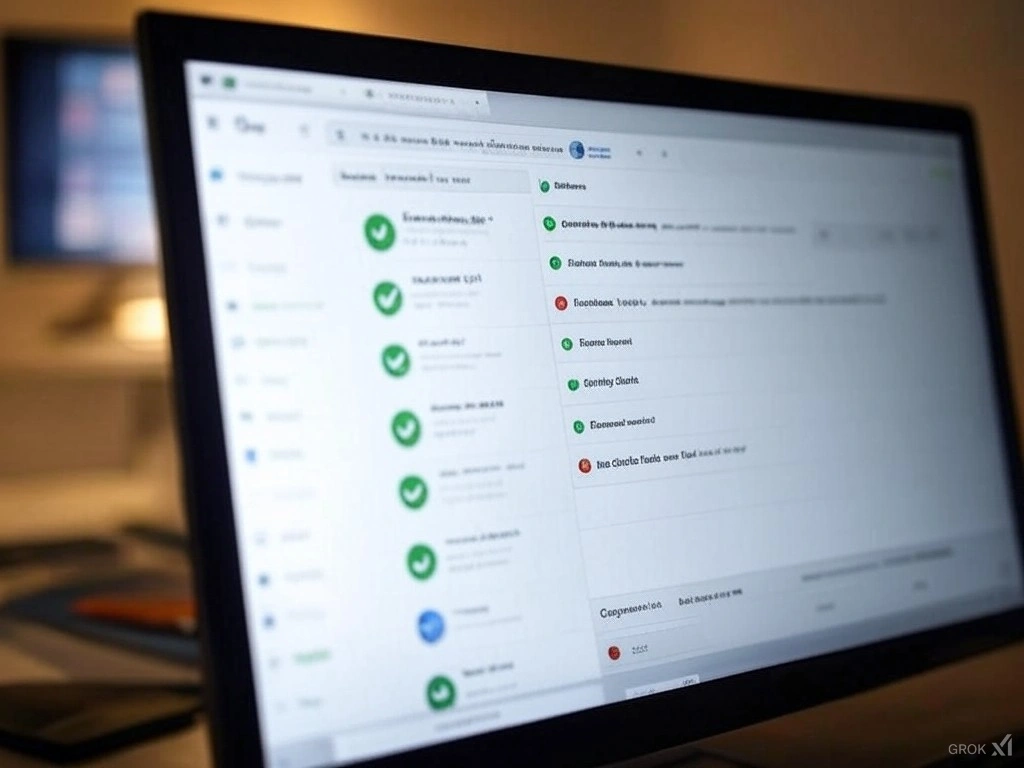
AI Vs AI: Phishing Scams 2025- How to Spot Fake Emails (Google’s New Security Tools)
In February 2025, Google issued a global warning: AI phishing scams are now using ChatGPT-style tools to hijack inboxes. These hyper-personalized emails bypass traditional spam filters, mimicking bosses, friends, and even family. Here’s how hackers operate—and how Google’s new AI security tools fight back.
How AI Phishing Scams Work in 2025
Cybercriminals use AI to:
- Scrape Your Data: Social media, public resumes, and leaked databases.
- Clone Writing Styles: Tools like DarkGPT replicate your boss’s email tone.
- Adapt in Real-Time: If you ignore a scam, the AI tweaks its approach.
Red Flags of AI Phishing Emails
✅ Urgent requests for money/passwords.
✅ Odd phrasing (e.g., “Kindly revert at earliest”).
✅ “Too perfect” grammar (common with AI tools).
Google’s New AI Security Tools to Stop Hackers
Google’s 2025 updates include:
- AI Spam Filter Upgrades: Flags emails with subtle inconsistencies.
- Mandatory 2FA: Required for all Gmail accounts by April 2025.
- Behavioral Analysis: Alerts you if a “friend” suddenly asks for crypto.
7 Steps to Protect Your Inbox from AI Scams
- Turn on Google’s Advanced Protection Program.
- Run suspicious emails through free AI detectors like Hive Moderation.
- Never click links in urgent requests—call the sender instead.
- Delete old social posts that reveal personal details.
- Use a password manager like Bitwarden or 1Password.
- Update your Google recovery phone/email.
- Train Gmail’s AI by reporting scams.
Real-Life Examples of AI Email Scams
- The Fake CEO Scam: An AI cloned a startup founder’s Slack messages to trick employees into sharing payroll data.
- The “Grandparent” Emergency: A retiree nearly sent $10k after an AI replicated their grandson’s texting style.
Are AI Scams Getting Worse? Experts Weigh In
- Google’s 2024 Transparency Report: AI phishing attacks rose 300% since 2023.
- Cybersecurity Expert, Jane Doe: “Hackers rent AI tools for $500/month on the dark web. It’s the Wild West.”
FAQ:
How does Google detect AI phishing?
Its AI analyzes writing patterns, links, and sender history.
Can AI scams use voice deepfakes?
Yes—always verify urgent voice messages via text.
Can AI phishing emails bypass Gmail’s spam filter?
Yes. Google confirmed AI scams now mimic trusted contacts, but their new “Report AI Phish” button (coming April 2025) improves detection.
What’s the most common AI phishing scam in 2025?
Fake invoices referencing real purchases, detected in 43% of attacks (Google Q4 2024 report).
“Don’t wait for Google’s 2025 2FA mandate—secure your account now. Bookmark this guide and share it with vulnerable contacts.”








